
10 minute read
Safety in Studios-Studio Cleaning
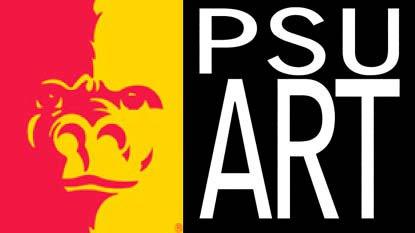
It is important to read the syllabus and listen to your instructor about safety features in each studio. Details about ventilation systems, eye protection, First Aid, SDS notebooks, hazardous waste disposal, and reporting incidents will be highlighted in your syllabus or discussed by your instructor.
Advertisement
Equipment in each studio differs and there will be varying safety measures to take depending on what you are working on.
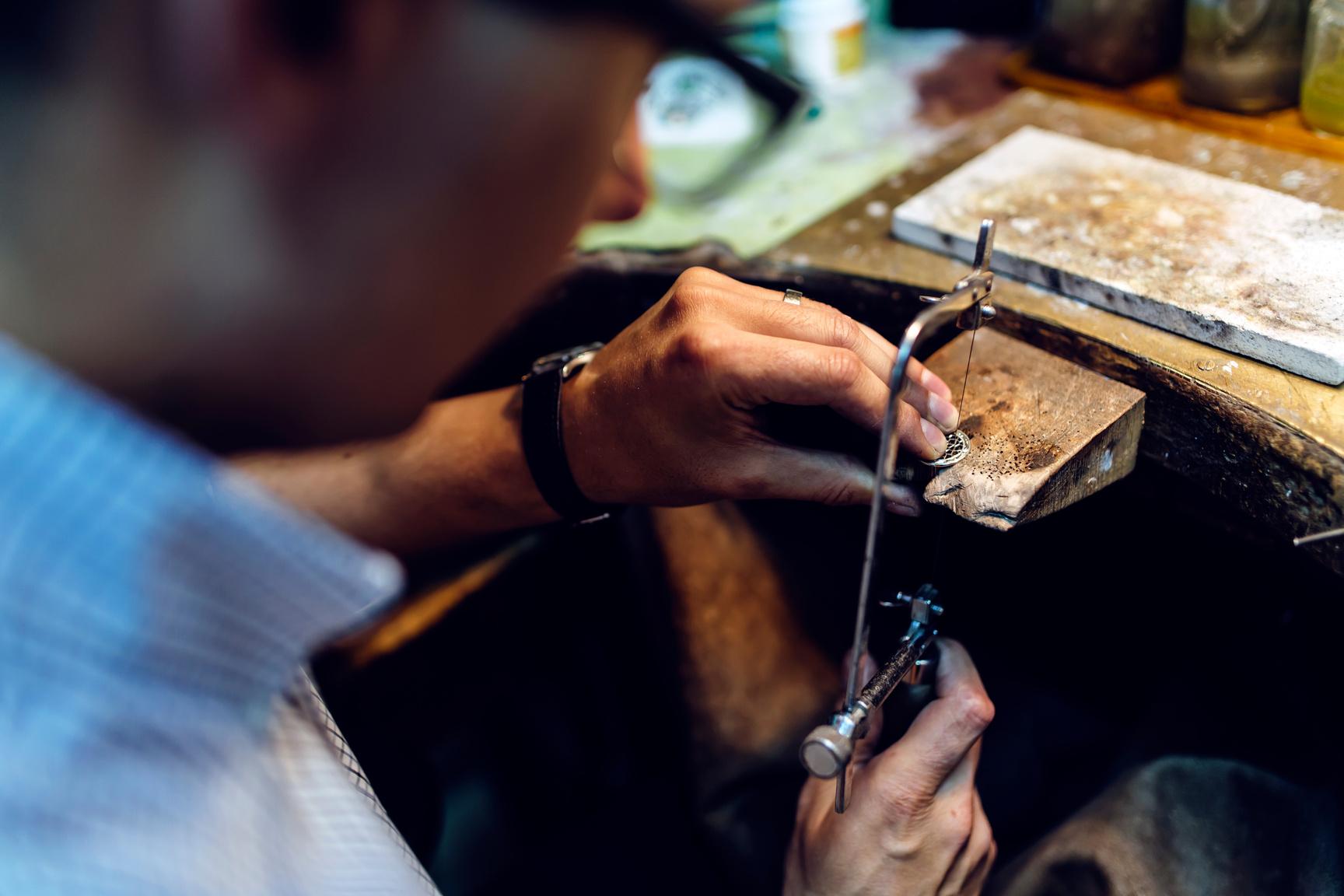
Please use this handbook for general safety rules, but keep in mind there may be additional procedures to follow in the studios. When in doubt, just ask.
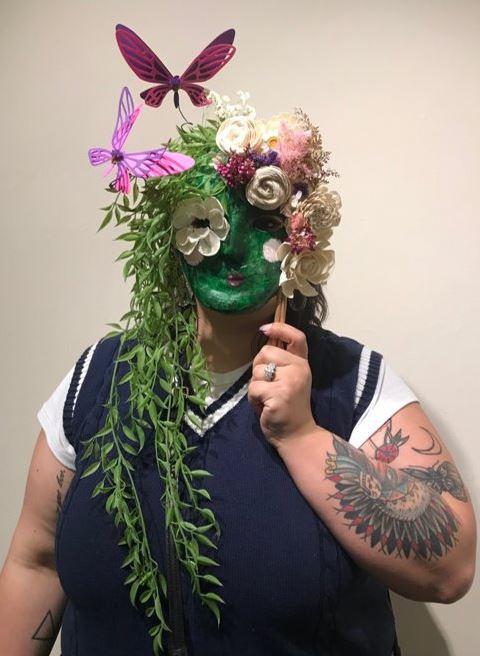
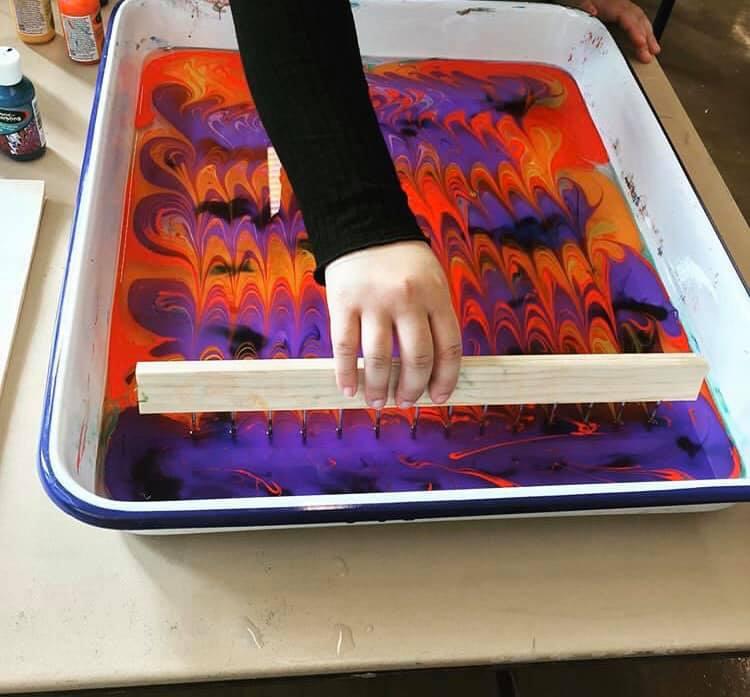


1.Pre-Session Cleaning- Students are encouraged to disinfect surfaces in their personal workspaces (chairs, tables, easels, etc.) as they come into the studio, by wiping them down thoroughly with sanitizing wipes or disinfectant spray and paper towels. Supplies are provided within each studio and should be disposed of properly as directed.
2.Supply/Equipment Sharing: To avoid cross-contamination, students should use their personal work/art tools, materials and equipment whenever possible and plan to disinfect them between uses. Community supplies, tools, and equipment should be wiped down by the user before and after use, and these will be disinfected on a regular basis by PSU personnel. Handwashing: Students are encouraged to frequently wash their hands with soap and water when working in the studio to help prevent the spread of germs and keep hazards from entering your body from materials. Hand sanitizer that contains no less than 60% alcohol may also be used intermittently when it is not efficient or wise to access a classroom or restroom sink.
3.
4.Post-Session Cleaning- Students are encouraged to disinfect surfaces in their personal workspaces (chairs, tables, easels, etc.) and anything else that they have come into contact with before leaving the studio. Sanitizing wipes, disinfectant spray, and paper towels are provided within each studio and should be disposed of properly as directed.
This protocol summary is posted in each Art Dept Studio as a reminder and general guide. However, it is the responsibility of each student and faculty member, as responsible citizens of the global community, to adhere to and enforce these protocols in any given studio space.
Safety in Studios
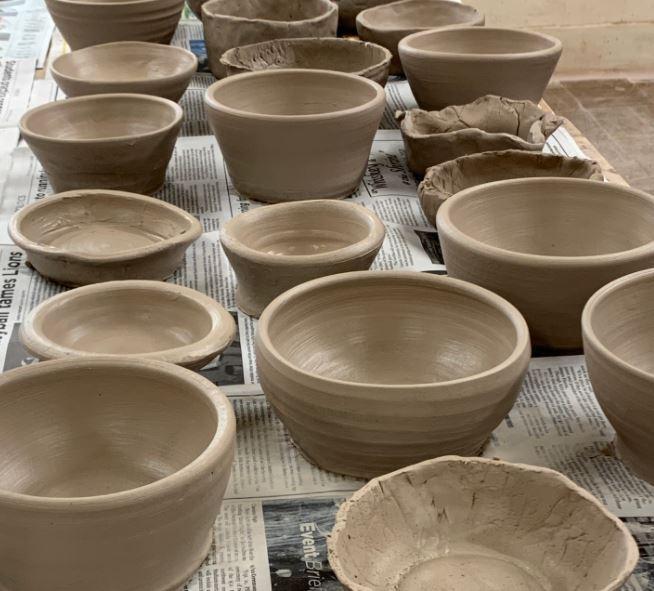
Ceramics-Room 106
-CLOTHING: Avoid expensive clothing, loose clothing, long hair, fingernails, hanging jewelry, rings, and flip-flops. These may get damages, cause injury, or just be in the way. Closed toe/heel shoes must be worn at all times. Wear dirt friendly clothing or an apron.
-If you have not been shown how to use equipment properly, DO NOT TOUCH IT. For your safety, please do not attempt to use or touch the kilns, mixers, power tools, clay, or glaze materials without permission.
-DO NOT TOUCH items on shelves that are being worked on, drying, or being glazed.
-Studio clay, glazes, underglazes, stains, tools and equipment are property of Pittsburg State University and should not be removed from the studio at any time.
-No person not currently enrolled in ceramics may use studio without instructor approval.
-Do not operate machinery alone in the studio.
-NO FOOD or DRINK in the ceramics studio.
-Do not put clay, glazes, plaster, or any ceramic material down the sink or floor drains. Throw waste in garbage cans first and use plastic traps for rinsing.
-Label your personal materials (tools, projects, clay, etc.) with your name.
-Keep or replace lids on all containers at all times.
-Do not leave valuables unattended.
Safety in Studios
Jewelry/Crafts-Room 302
-CLOTHING: Avoid expensive clothing or jewelry, loose clothing, long hair, fingernails, hanging jewelry, rings, and flip-flops. These may get damaged, cause injury, or just be in the way. Closed toe/heel shoes must be worn at all times. Wear studio friendly clothing or an apron.
-If you have not been shown how to use equipment properly, DO NOT TOUCH IT. For your safety, please do not attempt to use or touch the tools/equipment or materials without permission.
-DO NOT TOUCH items on shelves that are being worked on, or drying.
-Studio materials, tools and equipment are property of Pittsburg State University and should not be removed from the studio.
-No person not currently enrolled in jewelry may use studio without instructor approval.
-Follow food or drink guidelines in the course syllabus.
-Label your personal materials (tools, projects, etc.) with your name.
-Keep or replace lids on all containers at all times.
-Do not leave valuables unattended.
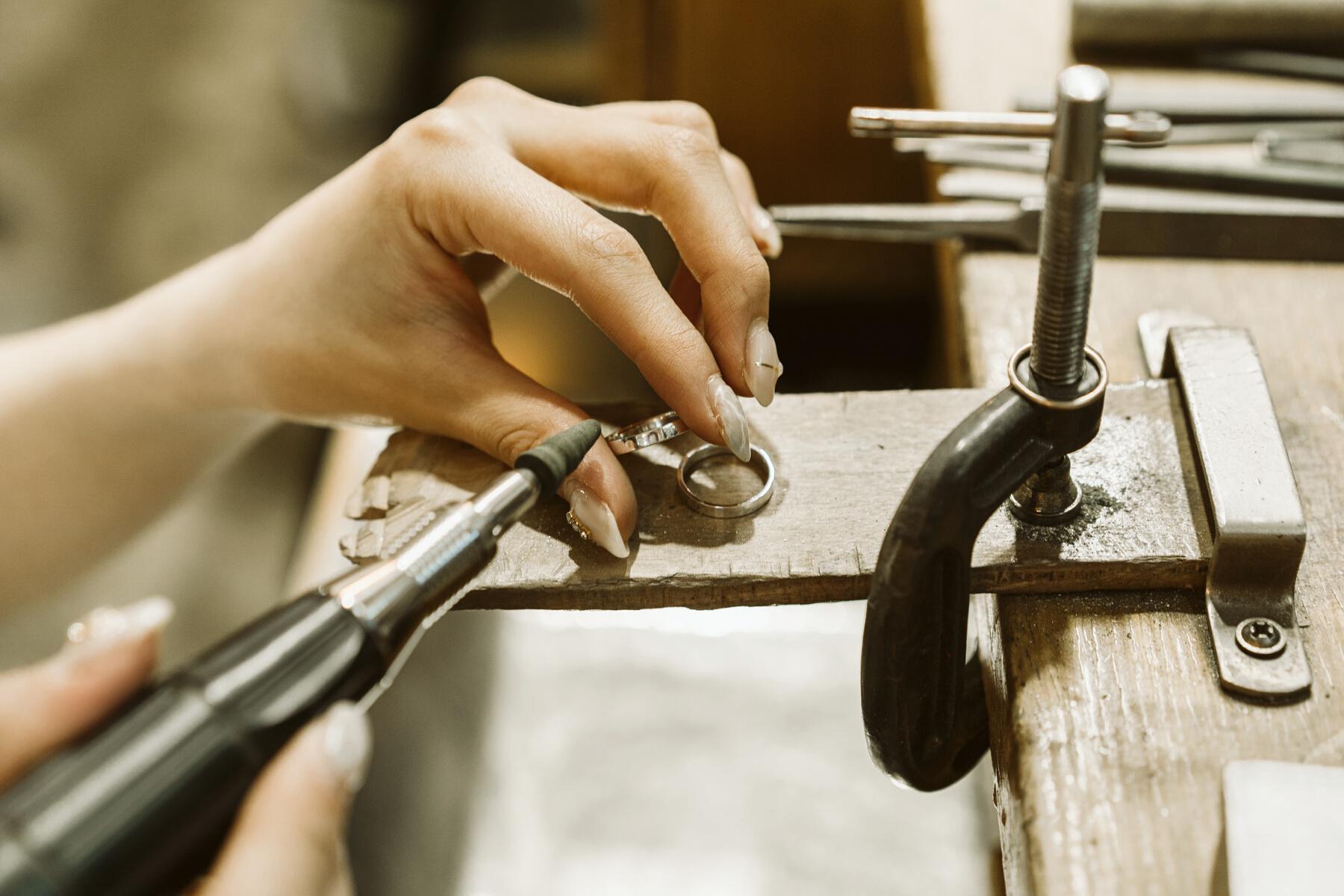
Safety in Studios
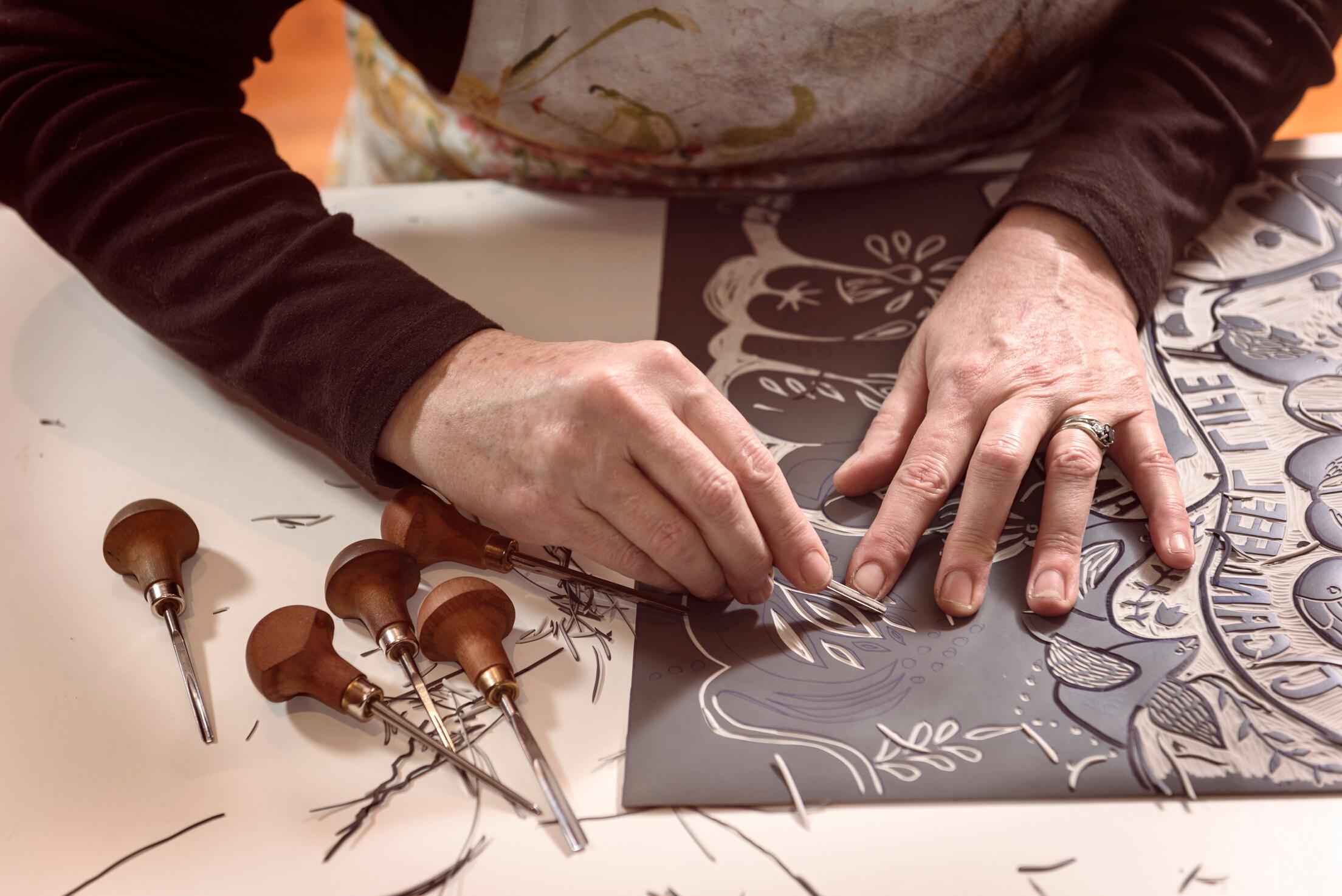
Printmaking-Room 201
-CLOTHING: Avoid expensive clothing. Wear ink friendly clothing or an apron.
-DO NOT TOUCH other prints in the studio.
-Studio materials such as inks, tools and equipment are property of Pittsburg State University and should not be removed from the studio at any time.
-No person not currently enrolled in printmaking may use studio without instructor approval.
-NO FOOD or DRINK in the printmaking studio.
-Label your personal materials (tools, projects, etc.) with your name.
-Keep or replace lids on all containers at all times.
-Do not leave valuables unattended.
-Avoid purchasing and using ink that includes any of the following hazardous materials: cadmium, chromium, lead, and barium. Check SDS sheets before purchasing.
-Rags or towels covered in ink, solvents, or mediums must be disposed of in the red can for flammable items.
-If you have not been shown how to use equipment properly, DO NOT TOUCH IT. For your safety, please do not attempt to use the presses or other materials located in the Printmaking Studio without permission.
Safety in Studios

Painting-Room 207
-Food, Drink, Clothing: Beverages with a lid are allowed in the studio, but food should not be consumed in the studio. You will be painting, and paint stains clothing, so aprons, smocks, or designated clothing for the studio are effective ways to protect your clothing from paint stains. The stain remover “Kiss Off” , a stick stain remover, is great for removing oil paint stains, as well as other difficult stains from clothing. Wash your hands before you leave the studio, or before you go out of the studio to eat.
-Your Studio Space: Keep your work area tidy and reduce clutter as much as possible. Remember the studio is a shared space and we want to reduce the amount of flammable items in the room. This will also make it easier to leave the studio in case of emergency. Do not use the studio as long-term storage or personal items. Lockers are available to store materials, not personal items. Place backpacks and other personal items along the walls, or in front of your easel so that it does not block people from walking around in the studio.
-Toxic Pigments: Avoid purchasing and using paints that include any of the following hazardous materials: cadmium, chromium, lead and barium. Look at the Pigment information on the label and check the Safety Data Sheets to confirm that it is not considered hazardous before purchasing.
-Solvents: Limit your use of solvents in the studio. We traditionally use Water-Based oils, and solvent free gel in studios. Non-Hazardous Biobased Artist Thinner are recommended for most solvent uses such as cleaning brushes. If a solvent is needed to paint with, an odorless mineral spirit, such as Gamsol, is recommended. If you need this please ask the instructor.
Safety in Studios

Painting-Room 207
-Label Containers: Clearly label what the contents of any container that is not in its original container. For example, if you put Gamsol, a type of odorless mineral spirit, in a glass jar with a lid, make sure you label with your name, the date, and Gamsol OMS, on the container. Make sure that every container has a secure, airtight, lid on it.
-Sink: Never dispose of any paint or gesso down the sink! This is particularly important for dried paint and gesso, but it also applies to any paint or gesso in its wet form. Clean brushes as thoroughly as possible with a rag before washing the brush in the sink. Wipe down the sink area after cleaning brushes. Never scrape a palette of paint into the sink.
-Spills: Clean up spilled paint, solvents, and mediums immediately with rags or paper towels and dispose of soiled items in the red can for flammable materials. Rags and paper towels with wet paint, solvents, or mediums are considered hazardous.
-Disposal of Rags and Paper Towels: Rags and paper towels covered in paint, solvents, or mediums must be disposed of in the red can for flammable materials.
-Disposal of Paint: Dried Paint is not considered a hazard and can be disposed of in the trash. Wet paint should be treated as a hazard.
-Electrical Outlets: Unplug extension cords, phone chargers, and anything else from electrical outlets when leaving the room and when they are not in use.
Safety in Studios
Drawing-Room 204
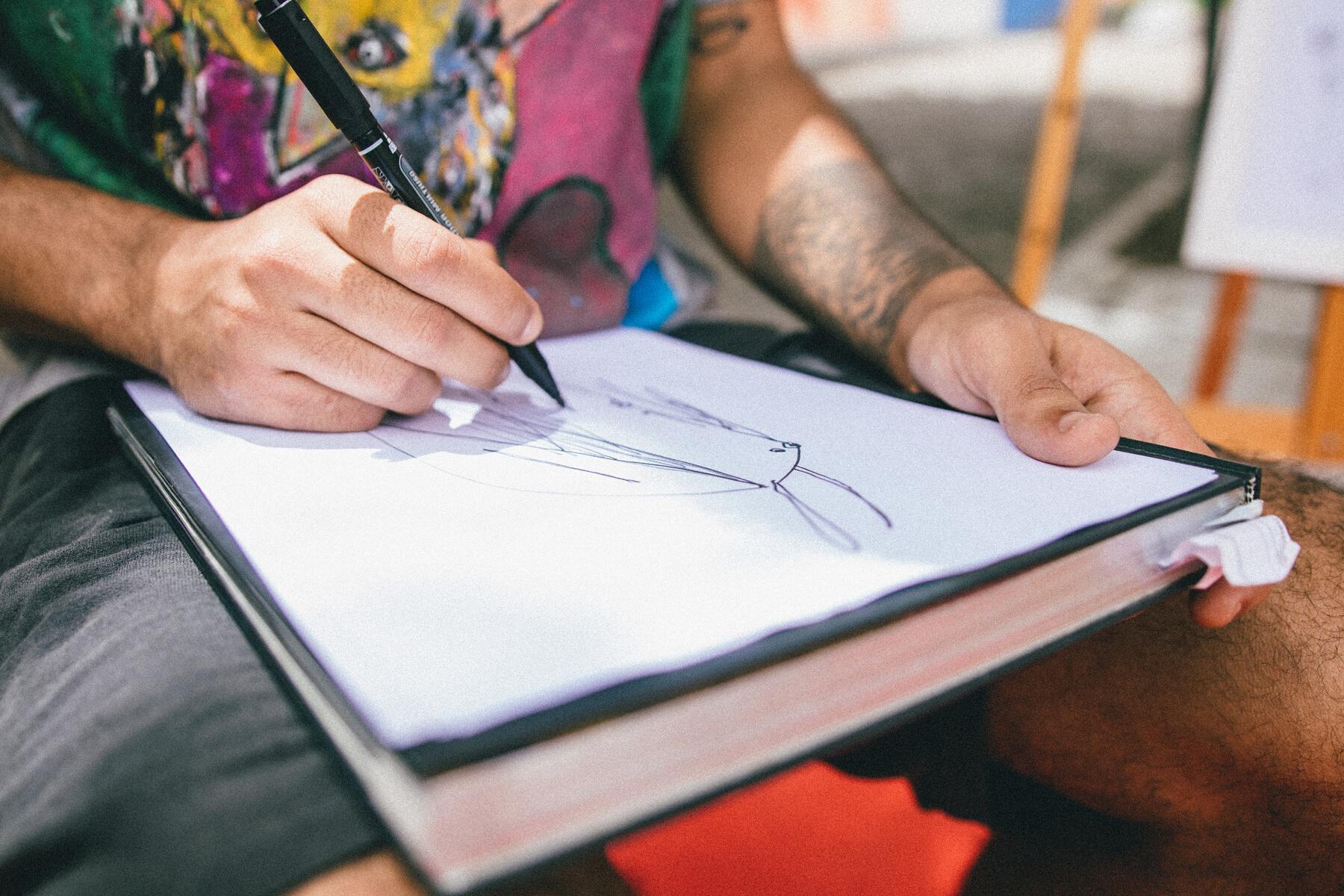
-Food, Drink, Clothing: Do not eat drink or smoke in the studio. Clean hands thoroughly as you enter the studio and before you leave the studio.
-Spray Fixative: Do not use spray fixative outside an approved spray booth - there is one in the Porter Hall 201- the Printmaking side of the studio. You can also take your drawing outside and spray fixative. Make sure you consider the wind direction and always spray with the wind.
-Materials: -Charcoal is NOT a toxic material -Examine Soft Pastels carefully before buying. Avoid pastels without pigment labels (these are often imported). Use care to not blow pastel dust into the air. Clean carefully by wet mopping only. Never sweep or vacuum dry materials. Wash hands with great care, as these are pure pigment. See list of pigments to avoid in the painting section. -Turpentine washes or other solvent techniques (like image transfers) must be done in approved spray booth. Do not remove until completely dry.
-Your Studio Space: Have an ergonomically designed work area. Repeated hand motions can lead to wrist problems over time.
-Electrical Outlets: Unplug extension cords, phone chargers, and anything else from electrical outlets when leaving the room and when they are not in use.
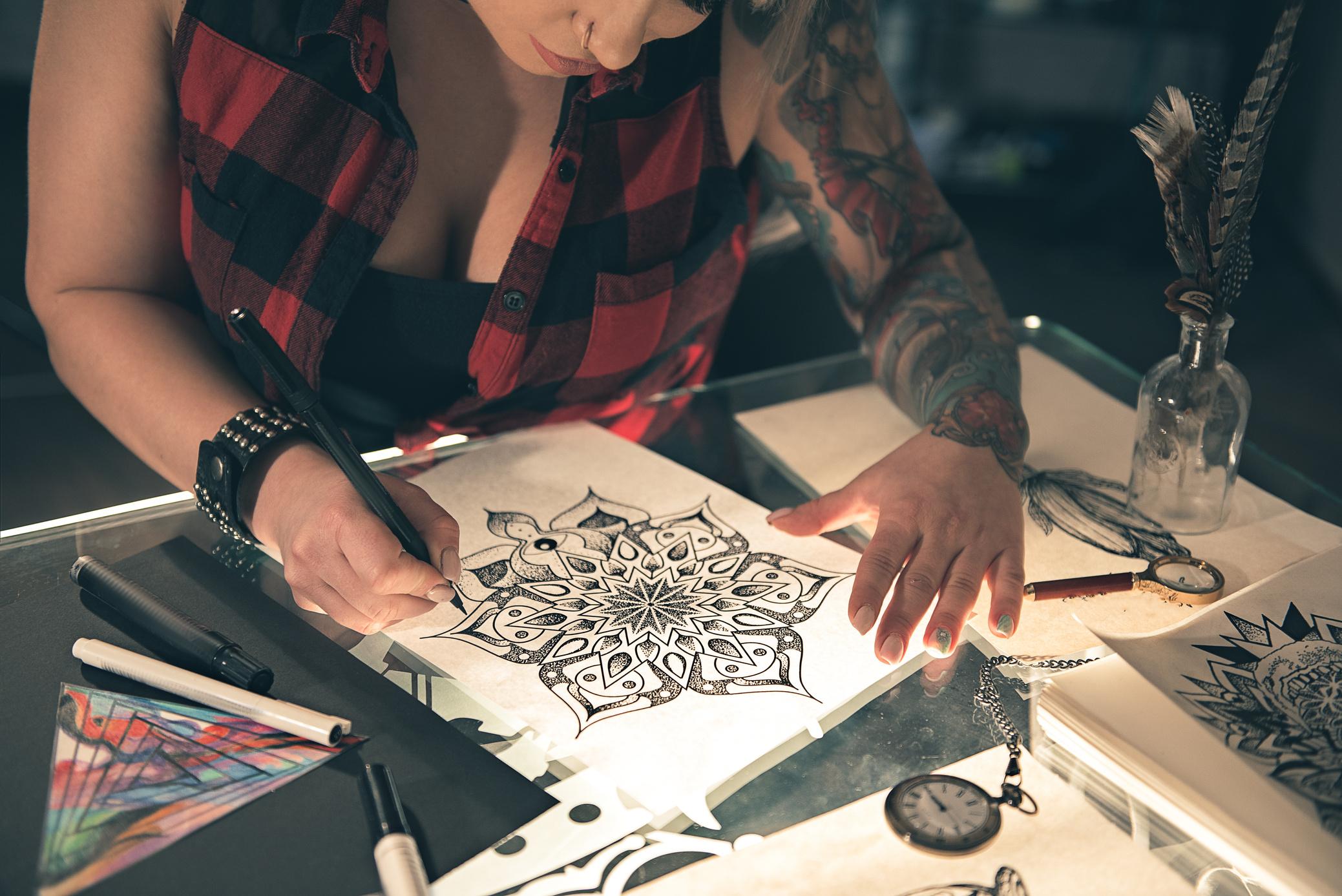
Safety in Studios
Illustration: Room 201
-CLOTHING: Avoid expensive clothing. Wear studio friendly clothing or an apron.
-DO NOT TOUCH other illustrations in the studio.
-Studio materials such as paints, tools and equipment are property of Pittsburg State University and should not be removed from the studio at any time.
-No person not currently enrolled in illustration may use studio without instructor approval.
-NO FOOD or DRINK in the illustration studio.
-Label your personal materials (tools, projects, etc.) with your name.
-Keep or replace lids on all containers at all times.
-Do not leave valuables unattended.
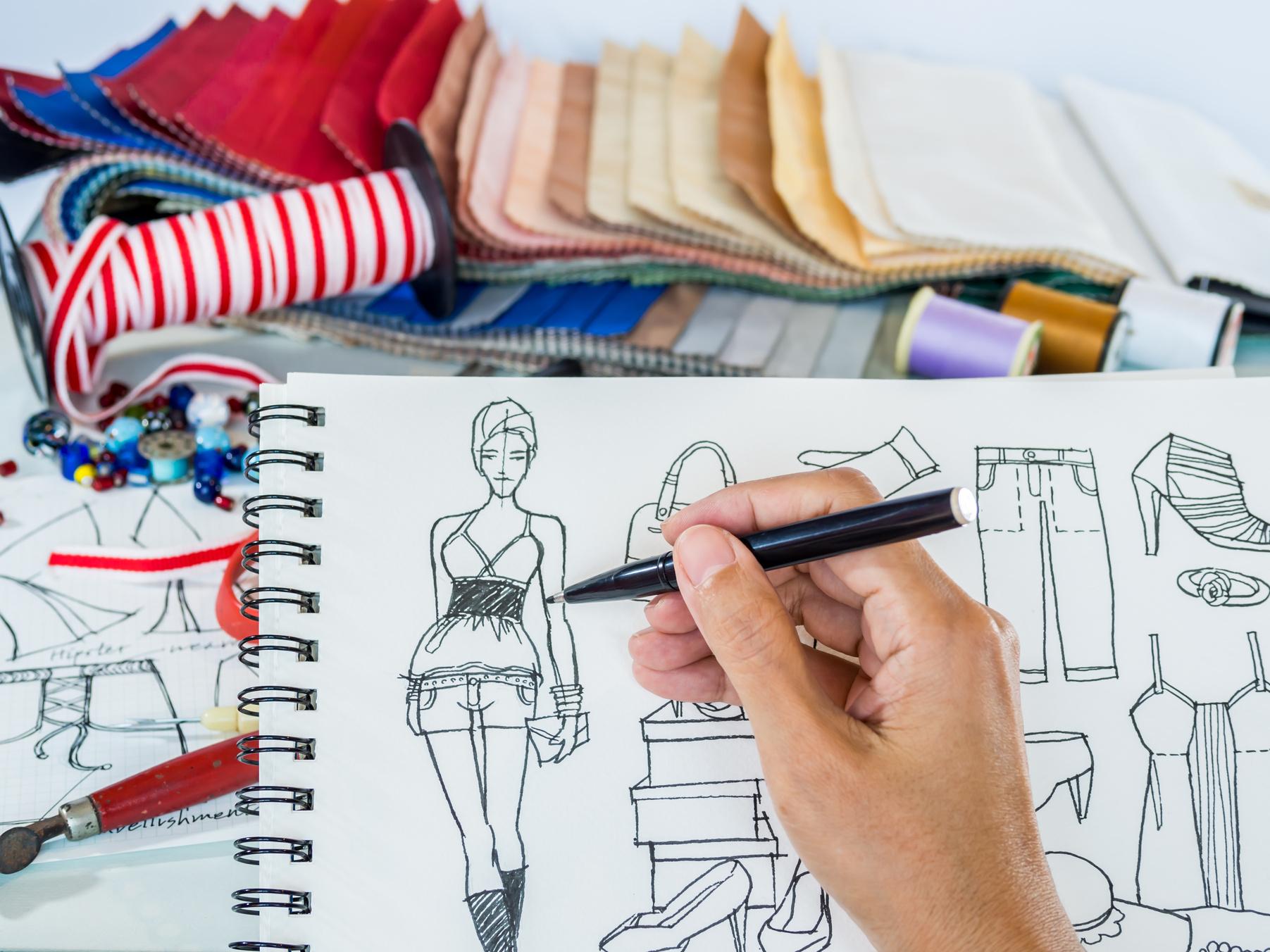
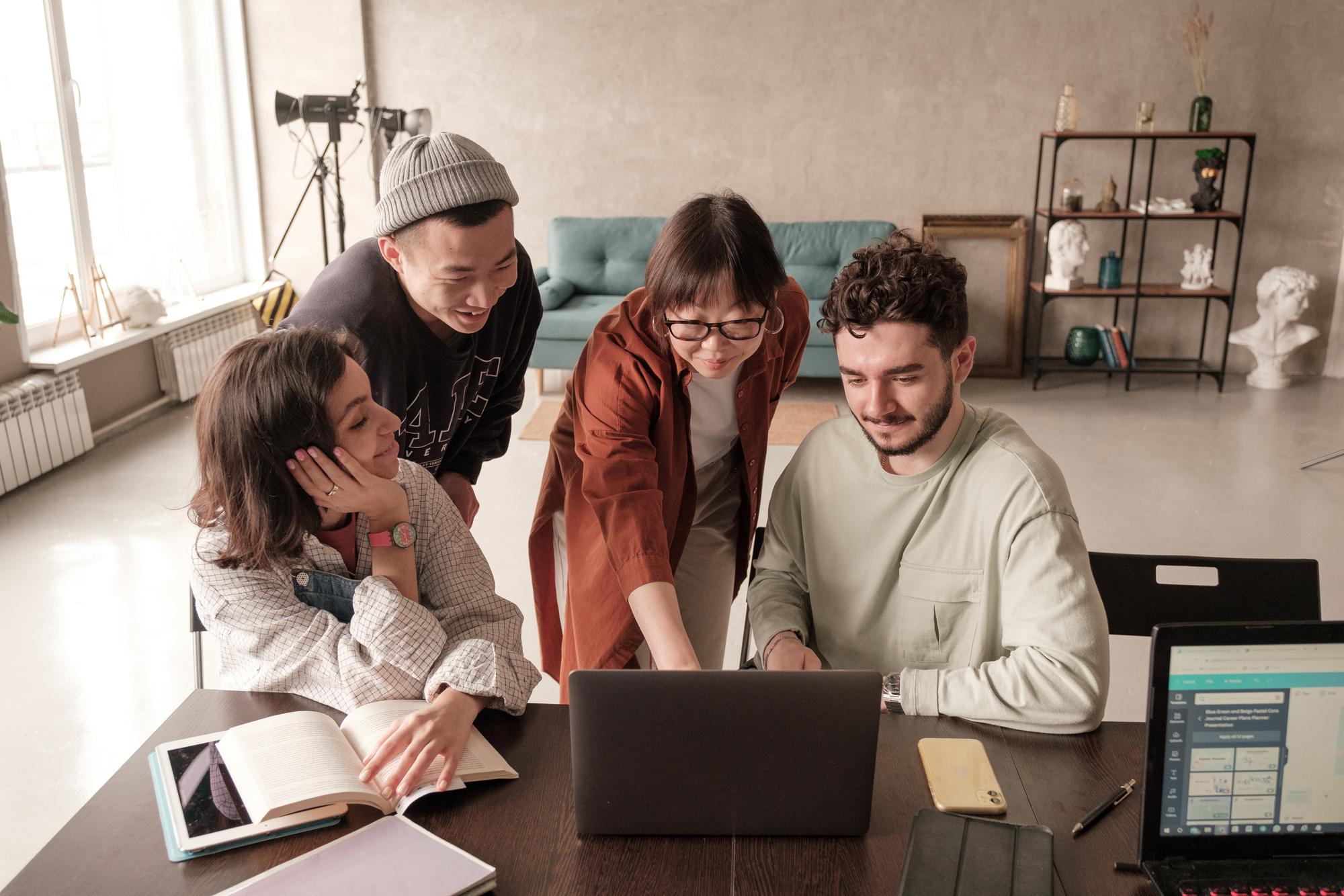
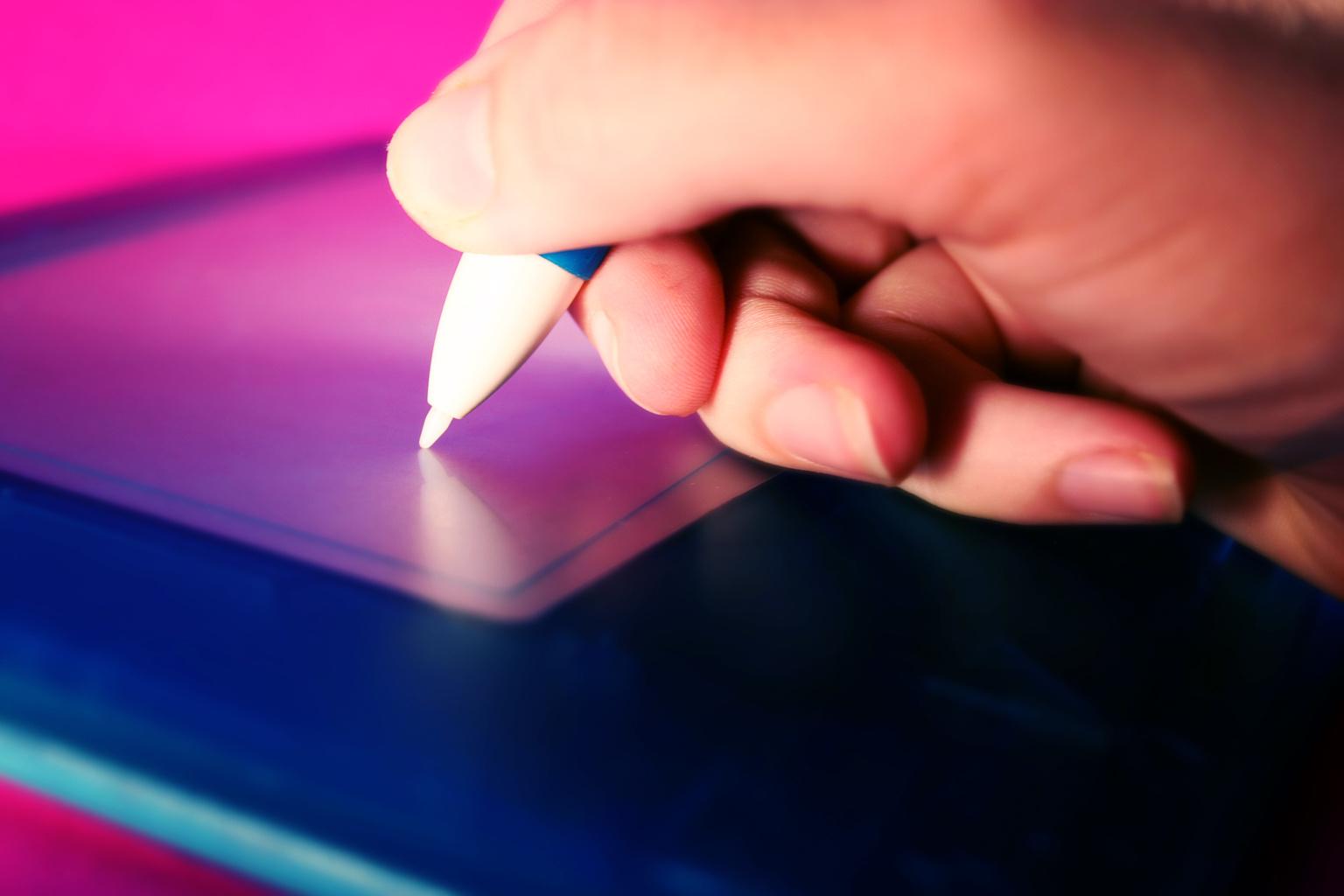
Safety in Studios
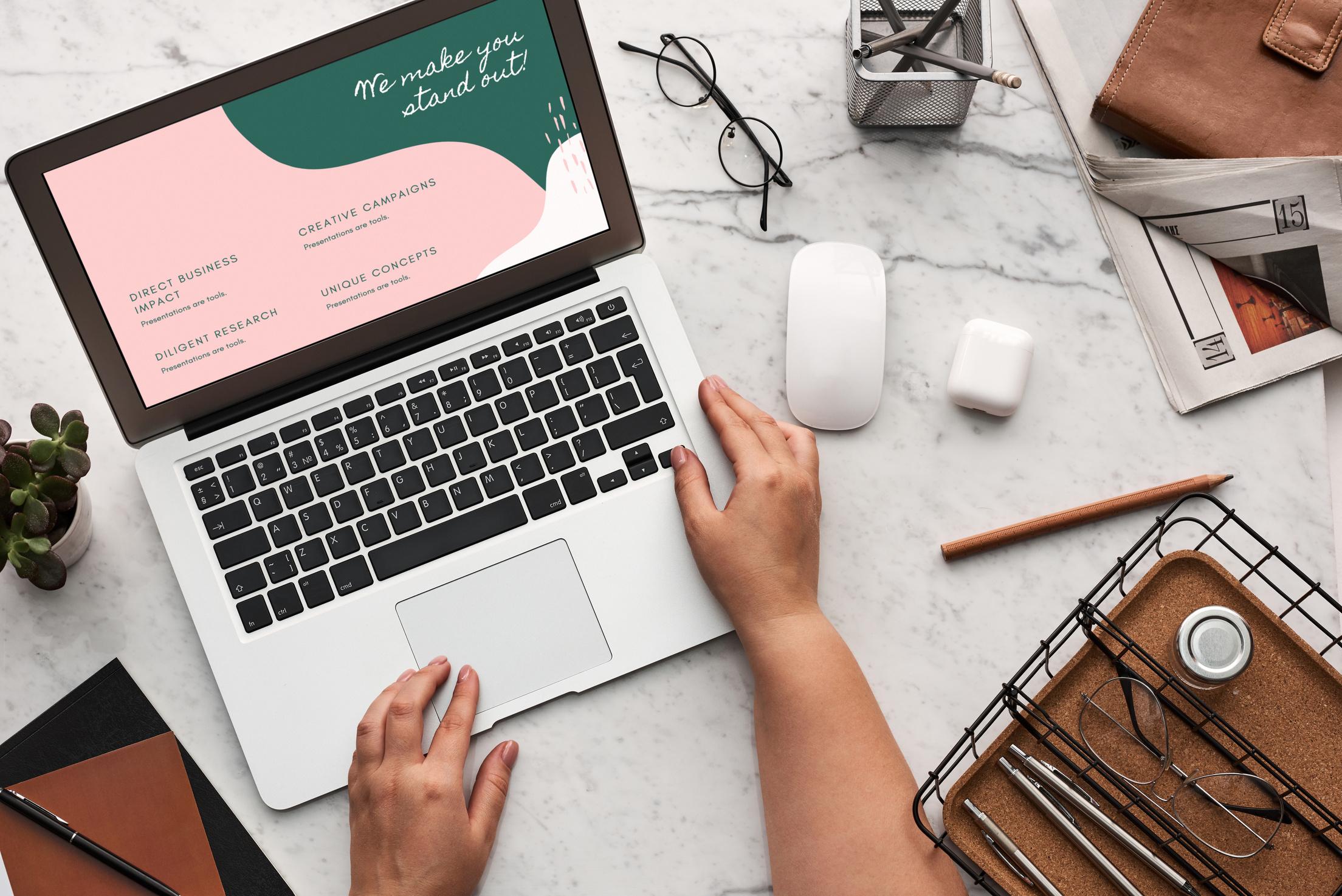
Digital Studio-Room 202
-You must be enrolled or have been previously enrolled in a digital studio class to have access to the Digital Studio. This requires Instructor or Department of Art approval.
-Files produced- Always back up files to an external hard-drive, jump drive, or cloud based service (you might consider Dropbox, Canvas, or One Drive). Studio computers are not for long term storage. File are deleted from computers regularly.
-At the end of each work session. Close all applications and log out of all accounts including the computer.
-Food and Drink- Lidded beverages are allowed, but no food is allowed at the computer work stations.
-Studio Equipment- Studio materials such as computers, scanners, cameras, and other equipment in the studio are property of Pittsburg State University Department of Art and should not be removed from the studio at any time. Check out of some equipment, such as DSLR cameras, and iPads (based on class enrolled in) are available for short term loan. Check with faculty on the procedure for this.
-Do not leave valuables unattended.







